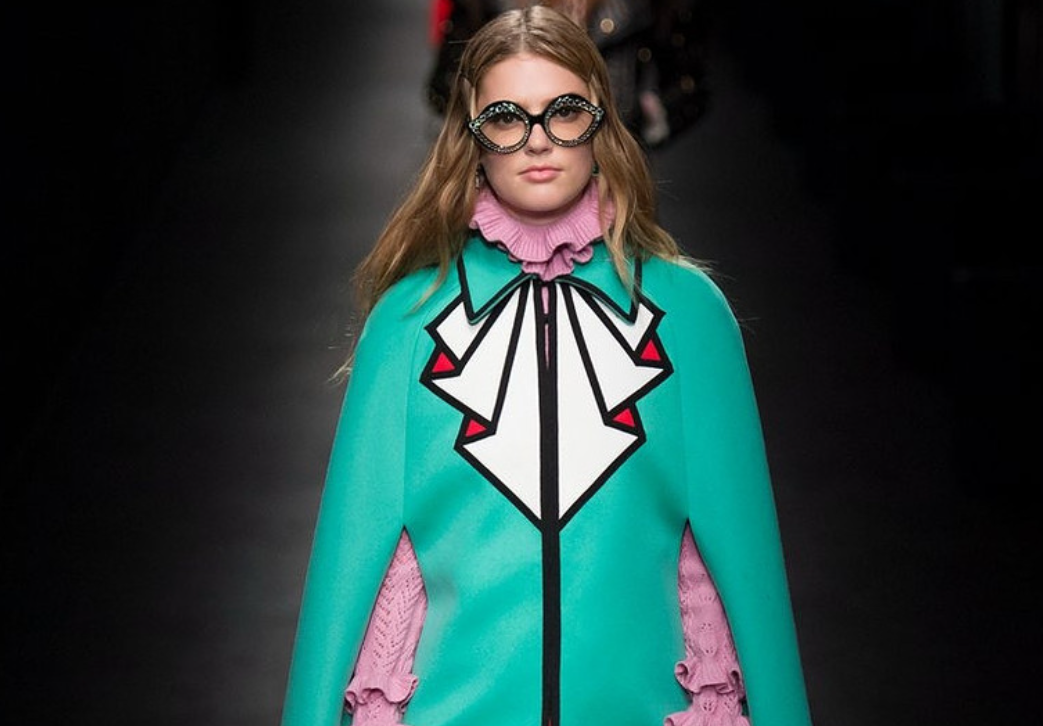
The fashion style of the 1940s, which began with a wartime attitude of pragmatism, ended with a new fashion that was "fashionable for the sake of fashion".
When the shadow of war faded and Paris was liberated, French designers returned to the helm of fashion and took the decade in a new direction. In 1947, Christian Dior brought the "New Look", a classic silhouette with a cinched waist that was reminiscent of the 18th century, and the practicality of this era was forgotten - fashion is a gorgeous and fickle thing.
The rise of the practical suit - women's dresses inspired by men's wear
After the war began, the diagonal satin and chiffon fabrics popular in the 1930s were quickly phased out, and silk and even rayon were mainly used in the war. Practical fashion dominates because it requires little waste in its production, epitomized by the rise of women's wool dresses.
While the dress is not a new fashion item, its stark menswear cut is refreshing. The overall outline is narrow and slender: the shoulders are prominent but not exaggerated, and the waist is slightly tightened. Military elements such as belts and breast pockets are embellished.
Shirt dresses are in vogue
Before the New Look, if there was one silhouette that ruled the 1940s, it was the knee-length shirtdress - specifically one with contrasting colours on the collar, sleeves and hat. Ginger Rogers wore this dress in the movie Kitty Foyle, hence the name "Kitty Foyle dress".
From an aesthetic point of view, the shirt dress is worth the money: the simple A-line skirt needs little embellished but still looks polished, and the bright collar and cuffs add visual interest with A simple design. It's unpretentious without being overly fussy - essentially a practical dress that's not at odds with sober times.
Accessories get more creative
During the war, hats remained a must-have for women, but they were reduced in size. Hats were worn askew on the head and made of various materials such as felt and straw. Headscarves also became popular, and they were highly prized for their practicality - they held back women's hair in factories and looked great with skirts.
Shoes at this time were very strong, and as leather was in short supply, alternative materials such as cork and espadrilles became popular. As for accessories, in 1947, Guccio Gucci brought us the famous curved bamboo handle bag.
New York is on the fashion map
Paris was at war, and America looked inward for fashion. Designers such as Norman Norell, Bonnie Cashin, Tom Brigance, Rudi Gernreich, Gilbert Adrian and Claire McCardell are on the rise. McCardell's "Pop-over" dress, introduced in 1940 as a $7 utility garment, marked the beginning of American sportswear: simple, practical, yet stylish.
And Katharine Hepburn's pantsuit
Throughout the 1940s, Hollywood movies provided no less of a fashion feast than a magazine. The film shows us the style of the "screen banshees", who wear clothes that are more appropriate than the average model.
And perhaps no one is more apt to go down in fashion history than Katharine Hepburn, who boldly donned a tuxedo in 1942's Woman of the Year and made strides for women in the process.
About Theatre de la Mode
During the German occupation of Paris, Paris fashion was in a vacuum under the Nazi blockade, and after the liberation, Paris fashion designers were eager to regain their voice and announce to the world that they were back and ready to wear their clothes.
At a time when resources were scarce, Lucien Lelong, then president of the Paris Fashion Union, brought together 40 fashion designers to stage a doll show that would travel the world.
The show, called Theatre de la Mode, was a love letter to Paris, giving the cities it visited - Barcelona, London, Leeds, Copenhagen, Stockholm, Vienna, New York and San Francisco - a preview of postwar fashion.
Dior 1947 collection took the world by storm
Christian Dior revolutionized postwar fashion. During the war, Dior was employed by Lucien Lelong, but by 1946 he was taking a different path and starting his own label. For his first show in the spring of 1947, he showed clothes that went against the prevailing fashion.
His dresses, full of rhythm and shoulders carved like a second skin, abandoned practicality in favor of unabashed cuteness. This Corole collection is called the "New Look", the most famous of which is the Bar Suit.Today, the collection is perhaps one of the most famous in fashion history, exaggerating the original silhouette and promoting a look diametrically opposed to the style advocated by American and British designers during the war.
Bikini attack
Bikini takes its name from Bikini Atoll in the Marshall Islands, where the United States tested a nuclear bomb. On July 5, 1946, Reard's bikini was launched at the Parisian public pool Piscine Molitor, where the taboo wearer was Micheline Bernardini.
It is said that no fashion model at the time would dare to bare so much, so Reard hired a 19-year-old nude dancer from a Paris casino to wear the "little dress". Although the dress caused a sensation, it took a decade for it to shake off the shadow of scandal.
Men's fashion from the 1940s
In the summer of 1943, the "Zoot suit" received a great deal of attention because it was controversial for its excessive fabric. This style of suit originated in the pendant suits that emerged on the Harlem stage in the 1930s to highlight the movements of performers, and later became popular among black, MexicAn-American and Latino men who sought out tailors to cut oversized suits to fit their bodies.
Because this style was at odds with the "less is more" tailoring style that was popular at the time, it became a fashion in the counterculture, but not everyone liked it.

